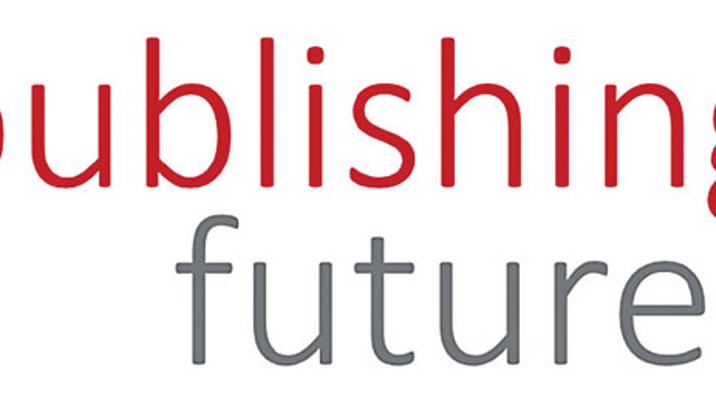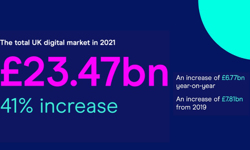
InPublishing has partnered with Wessenden Marketing to create an enhanced and updated version of Publishing Futures. The survey is now in its eighth year and, over this time, it has established itself as the definitive benchmark of what is happening in the publishing business. What are the trends, challenges and opportunities in all the key revenue streams? What are profits and productivity looking like? How is change being managed within the organisation? How is the tech challenge being handled? And what will the business look like in two years’ time?
How Publishing Futures has changed
This year’s PF is different in three key respects.
• Firstly, it has extended its coverage from traditional “magazine publishers” to a wider range of media companies – customer publishers, news organisations, live events operators and some pure play digital businesses. This larger footprint also means more companies have taken part this year with over 90 participating, as opposed to 61 in last year’s survey.
• Secondly, the benchmarks being tracked are wider-ranging than previously. They dig into areas such as organisational change, staffing & skills, IT & tech platforms, as well as the front-end revenues streams and business models.
• Thirdly, instead of being just a one-off report, there will be activity and insights all year round. Issue by issue through the coming twelve months in InPublishing, we shall be looking at specific themes from the project.
The survey generates a mass of detailed data and very granular insights. Participating companies will be given an exclusive overview of the key findings in a briefing on September 8 to be held at PPA offices. Yet here is a taster of what the mood of the industry is currently…
The amount and speed of change
Respondents were asked how long their company has been in their current process of change. The average across all the participants is 2.8 years, which at first sight seems a relatively short period. Yet behind that figure lie two important points.
• Firstly, there is a real distinction between simply feeling under pressure, with cost-cutting and restructuring as a result (something which has happened to virtually every business), and having a planned and proactive change strategy.
• Secondly, the range of experience is very broad – almost a quarter of respondents have only just started the process, having been changing for under a year. At the other extreme, around 20% have been at it for over five years.
A key conclusion is that planned change is actually a relatively recent experience for a significant number of publishing businesses rather than being a long-established fact of life. Sometimes, the industry talk about “embracing change” can be just a bit of PR hype.
Yet what is also clear from this year’s survey is that change is now both universal and significant. When asked to grade the amount of this change on a scale of 1 to 10, the industry average is 6.3 with that “change score” being higher in B2B than Consumer.
So, change generally looks solid and progressive rather than radical. Yet the pace of change is accelerating. When asked to look forward over the coming twelve months to predict whether the amount of change will be more or less than it is now, 38% said more as against 13% saying less, producing a net Change Score of +25 (38% minus 13%). There is a big difference between B2B (Change Score of +32) and Consumer (+17). B2B publishers are currently into more profound and faster change than Consumer.
Confidence levels and vision
In a test-and-tweak environment, having the confidence to pursue a vision of what the company should look like in the future is a critically important factor: it is a key indicator of staying power, energy and inner resolve.
• In terms of vision, 88% claim that they have a “clear vision of the kind of company we need to be”, but that still leaves 12% who do not – they are in a dangerous place!
• Looking at confidence (“How confident do you feel about the financial success of your company over the next two years on a scale of 1 to 10?”), the industry score is a solid 6.8, with the average score slightly higher in Consumer (6.9) than B2B (6.7). Yet confidence levels in B2B are rising much more strongly year-on-year.
Behind these scores, the more detailed verbatim comments show that most companies are getting more accustomed and comfortable with surfing the wave of change. Change may not always be as welcome as many people say it is, but it is being accepted as a fact of life.
Over the coming months, we shall be digging into more detail as to what the underlying business models look like, where the perceived opportunities and challenges lie and where the money is really coming from in publishing today.
As one little taster, the Publishing Futures survey shows that end-user revenues account for 52% of total turnover currently as opposed to advertising / sponsorship, but that this figure is predicted to slide to 51% in two years’ time – the opposite of what most publishers claim they are aiming for. But more of all that in the next issue…










